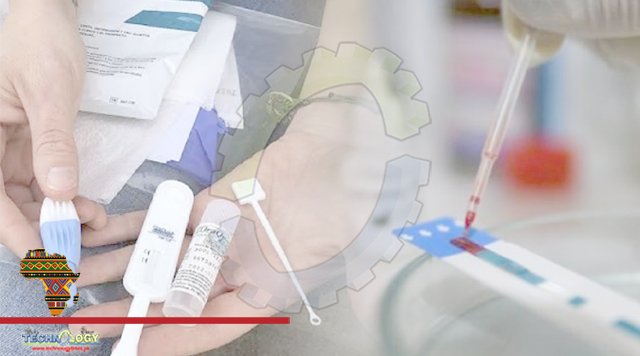The report noted that globally, 4,000 people a day are still being infected with HIV and that if current trends continue, 1.2 million people will be newly infected with HIV in 2025

A new report has shown that progress against HIV has slowed down since the COVID-19 pandemic. The report, titled; “In Danger,” and released by the Joint United Nations Programme on HIV/AIDS (UNAIDS) noted that donors pulled back, and countries now test and treat fewer people, even as they miss key targets. It was released ahead of the International AIDS Conference (IAC) currently holding in Montreal, Canada. Speaking at its launch, UNAIDS Director, Winnie Byanyima, said progress in prevention and treatment of HIV is faltering around the world, putting millions of people in grave danger. Ms Byanyima said Eastern Europe and Central Asia, Latin America, the Middle East, and North Africa have all seen increases in annual HIV infections. “In Asia and the Pacific, UNAIDS data now shows new HIV infections are rising where they had been falling. Action to tackle the inequalities driving AIDS is urgently required to prevent millions of new HIV Declines infections this decade and to end the AIDS pandemic,”
The report also reveals that countries with the biggest increases in new HIV infections include the Philippines, Madagascar, Congo, and South Sudan. The UNAIDS report shows that HIV funds from bilateral donors other than the US have plummeted by 57 per cent over the last decade. It indicates that HIV investments have not replaced lost international funding, mainly due to worsening economic conditions. “The World Bank projects that 52 countries, home to 43 per cent of people living with HIV, will experience a significant drop in their public spending capacity through 2026,” the report noted. Speaking at the event, head of the US National Institute of Allergy and Infectious Diseases, Anthony Fauci, said the new report is a “wake-up call” for all. Mr Fauci said HIV response declined amid the COVID-19 pandemic. “HIV diagnoses decreased in many countries, including in my own country. Harm reduction services to people who use drugs, and other vulnerable people have been widely disrupted,” he said.
He explained that access to TB diagnosis and treatment resulted in an increase in TB deaths among persons with HIV in 2020. “Over the past two and a half years, I have seen many similarities between COVID-19 and HIV. It saddened me how hard some patient groups need to fight for recognition, how stigma, misinformation, and denialism can promote illness and death, and how slowly interventions reach vulnerable populations,” The UNAIDs report shows that 70 per cent of new infections are in groups designated as “key populations” for their particular vulnerability to infection. The key populations include men who have sex with men (MSM), sex workers, transgender people, people who inject drugs, and prisoners.
“In El Salvador between 2019 and 2021 HIV prevalence among MSM attending HIV Declines testing clinics almost doubled, and increased eight-fold among transgender people,” said the report. The UNAIDS key population data shows MSM has 28 times the risk of acquiring HIV Declines compared to people of the same age and gender identity. It also indicates that people who inject drugs have 35 times the risk, sex workers 30 times the risk, and transgender women 14 times the risk. “UNAIDS data showed insufficient progress on removing punitive laws that increase the risk of HIV infection and death for marginalised people including LGBTI people, people who inject drugs, and sex workers,” Ms Byanyima said. She explained that closing the inequalities by removing punitive laws, promoting human rights, and expanding community-led services is working in countries like Thailand.
Source: This news is originally published by allafrica